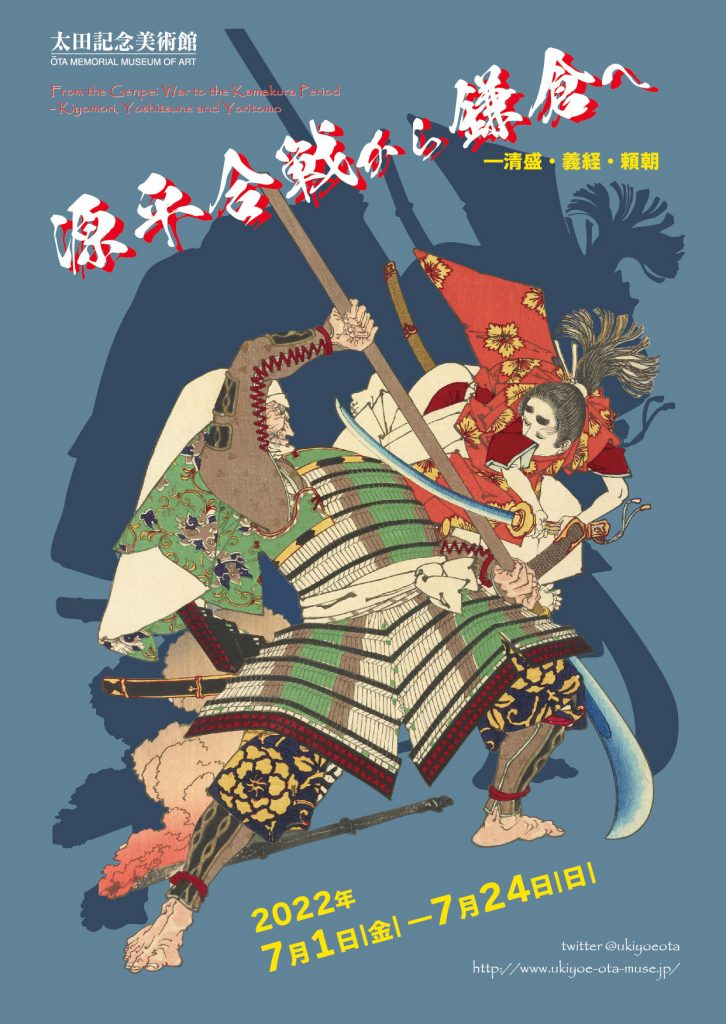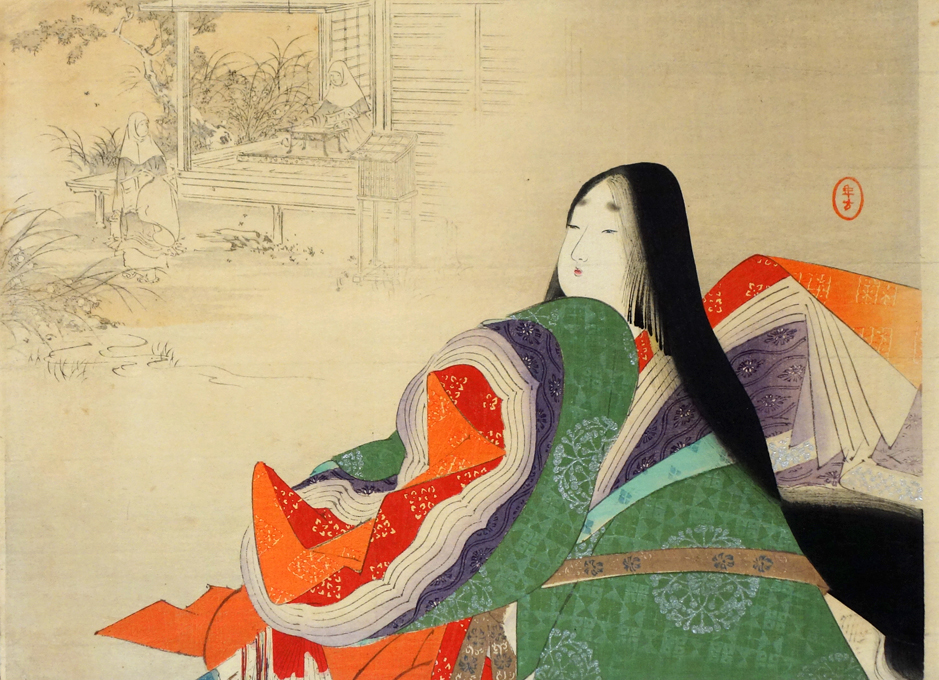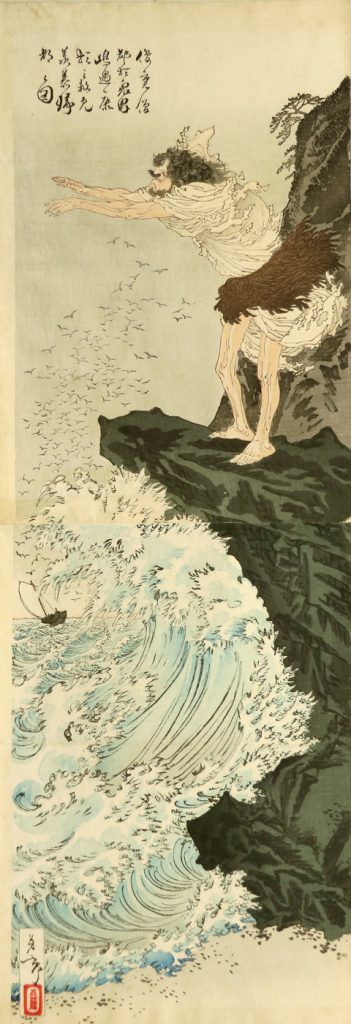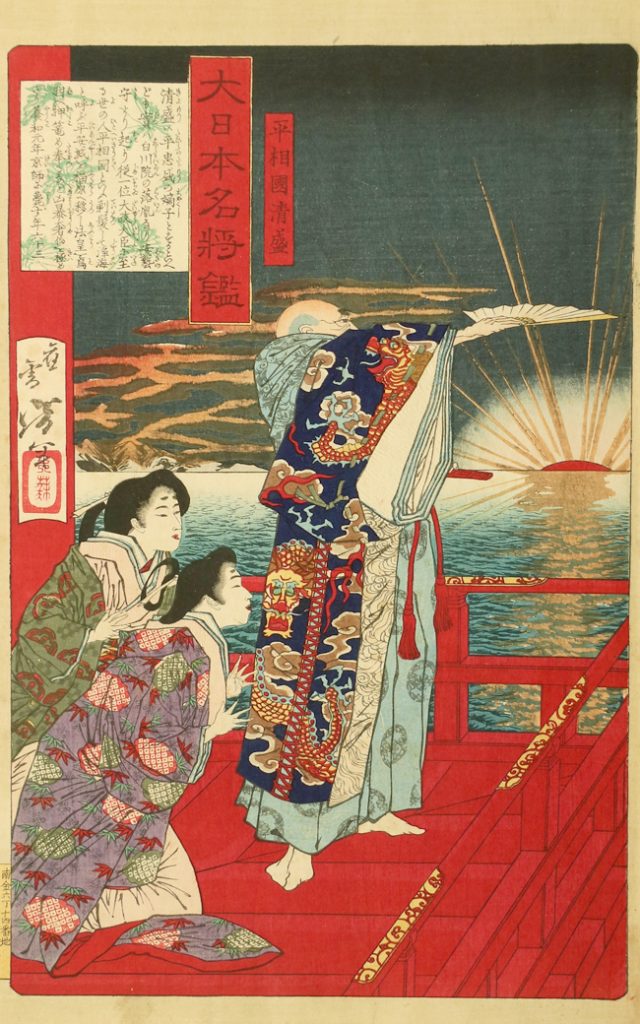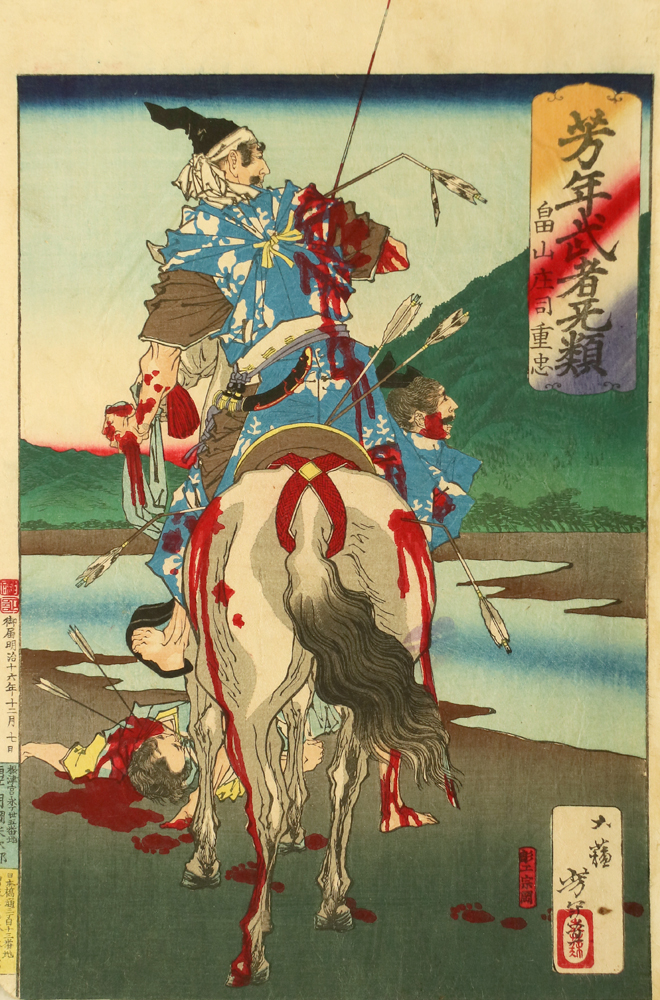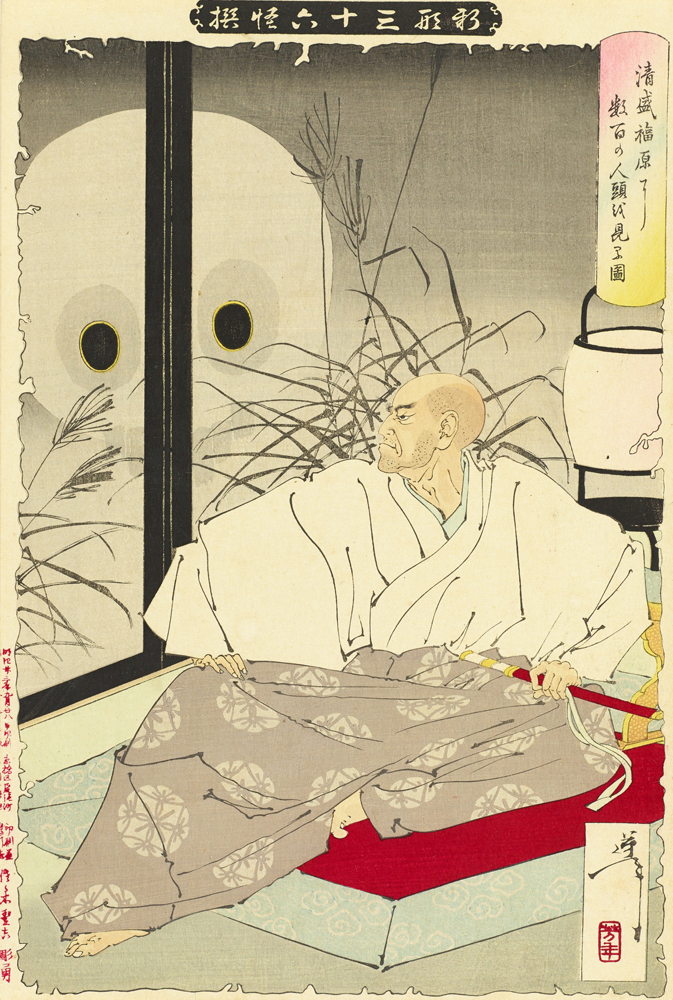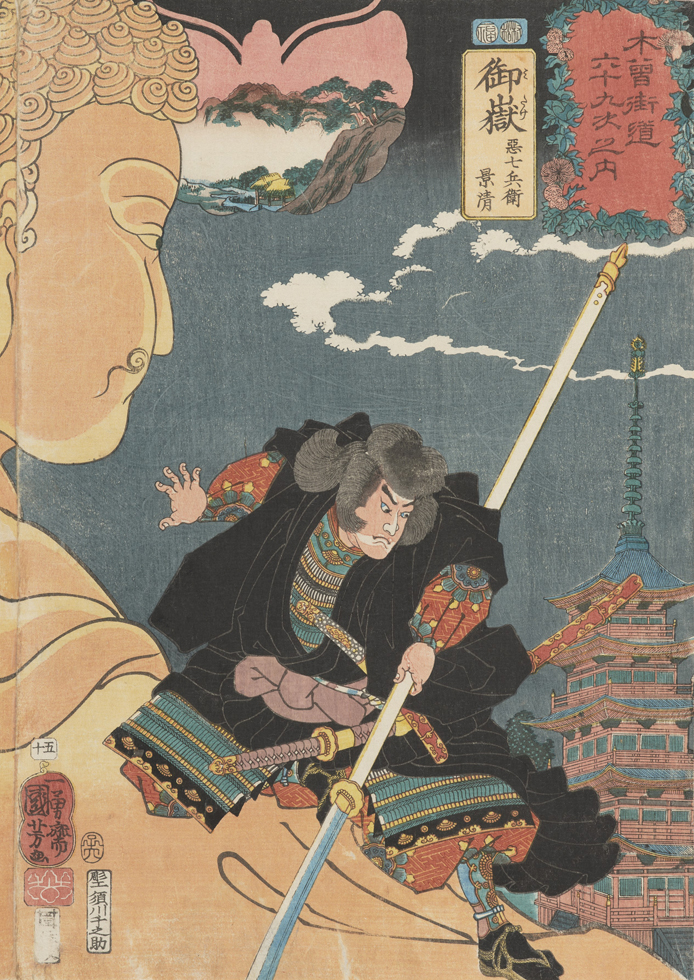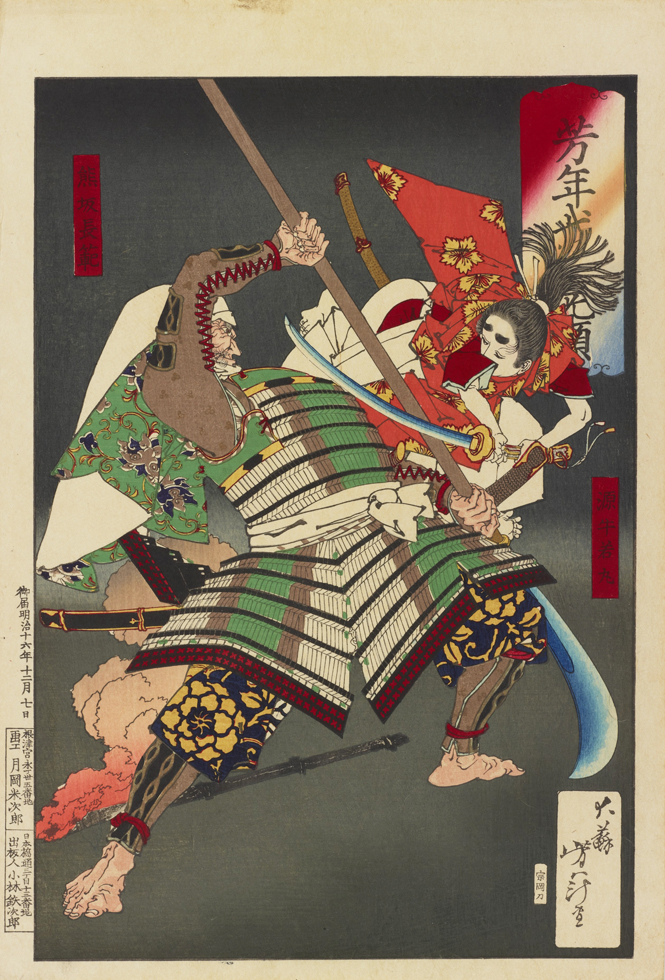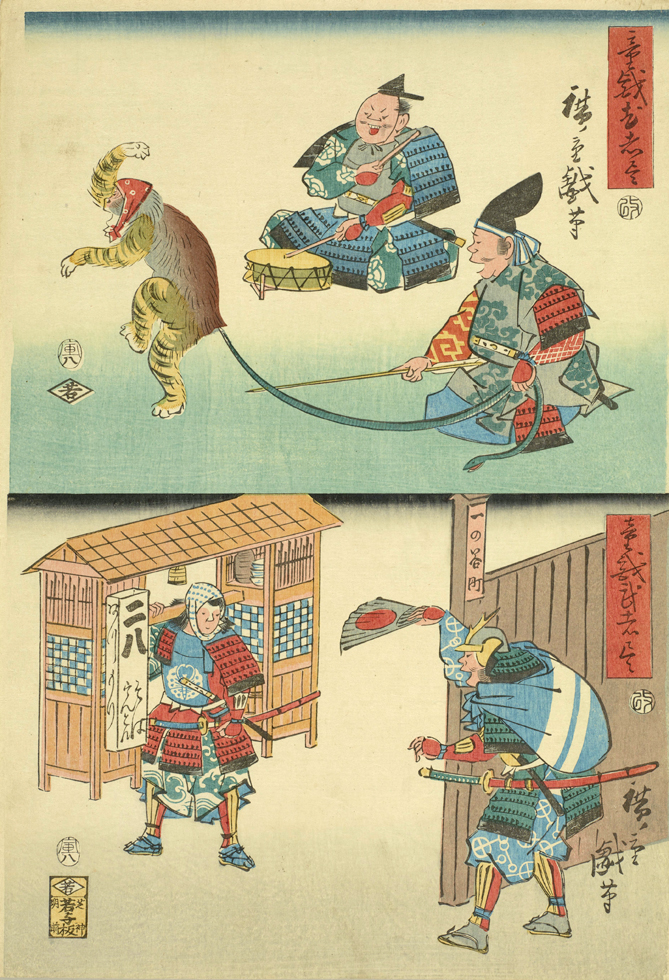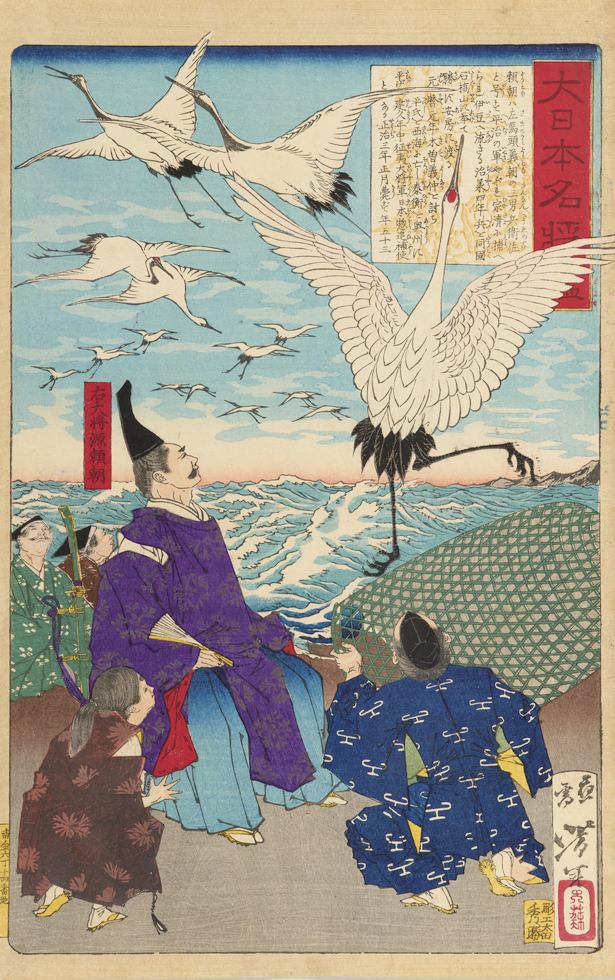From the Genpei War to the Kamakura Period -Kiyomori, Yoshitsune and Yoritomo
2022, July 1st-24th
Will be closed on July 4, 11, 19.
Opening Hours : 10:30 a.m. – 5:30 p.m. (Last Admission: 5:00 p.m.)
Admission : Adult ¥800 / University and High school students ¥600 / Junior High School Students and below
Tracing the Rise and Fall of Samurai Warriors through Ukiyo-e
The Jishō-Juei Rebellion (1180-85) that at the end of the Heian period known as the “Genpei War” was a monumental battle between the warriors led by Minamoto no Yoritomo and the the Taira clan. Even after Yoritomo had conquered the Taira clan and established the Kamakura shogunate, a period of power struggles continued between Yoritomo’s successors and the influential court nobles, especially the Hōjō clan.
Stories of the survival wars of samurai families became popularized as military chronicles such as “The Tale of the Heike” and “Azuma Kagami”. They were widely known as subjects of novels and kabuki plays in the Edo period, and were depicted in numerous ukiyo-e works as popular subjects.
Recently, the time period has been recapturing popular attention, through animation and TV dramas. This exhibition will focus on this time period, to tell the story of the rise and fall of samurai warriors through ukiyo-e.

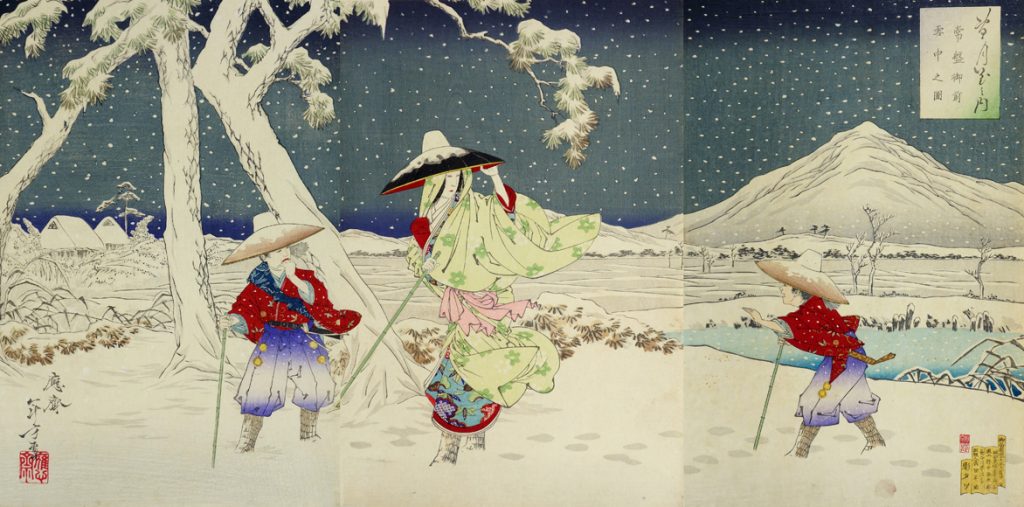
Episodes of Glory and Tragedy that Fascinated People in Edo
The Taira clan established by Taira no Kiyomori, despite its brief era of glory, continued to fall and finally perished at Dannoura. Minamoto no Yoshitsune who destroyed the Taira clan with his genius military strategy, had to die an unwilling death as he provoked his elder brother Yoritomo’s antipathy. Many prominent vassals who supported the early times of the Kamakura shogunate with good faith perished in the struggle for power. The lives of those who lived during such turbulent times were often filled with spectacular victories and tragedies at the same time. These dramatic narratives, such as those of Yoshitsune, were featured in novels, kabuki plays, and ukiyo-e, and captivated the attention of the people during the Edo period.
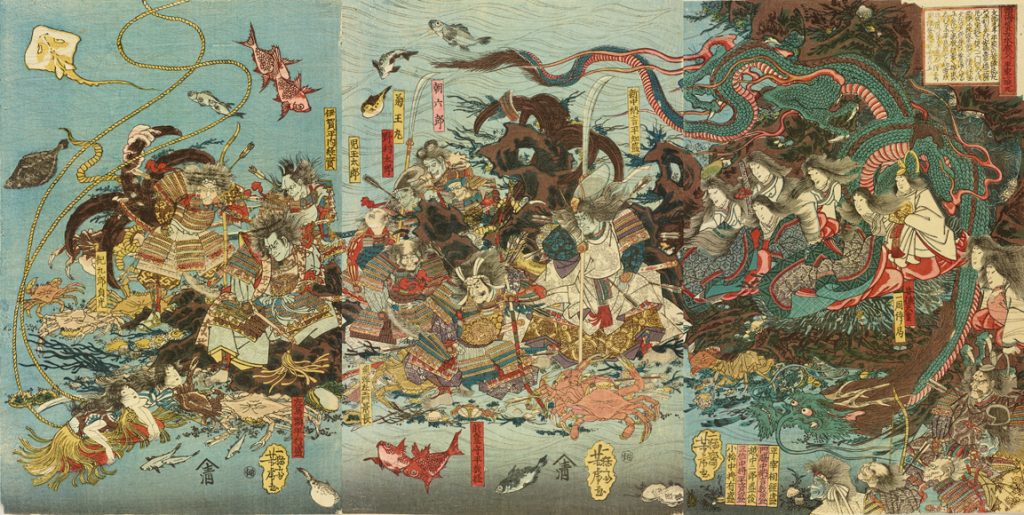
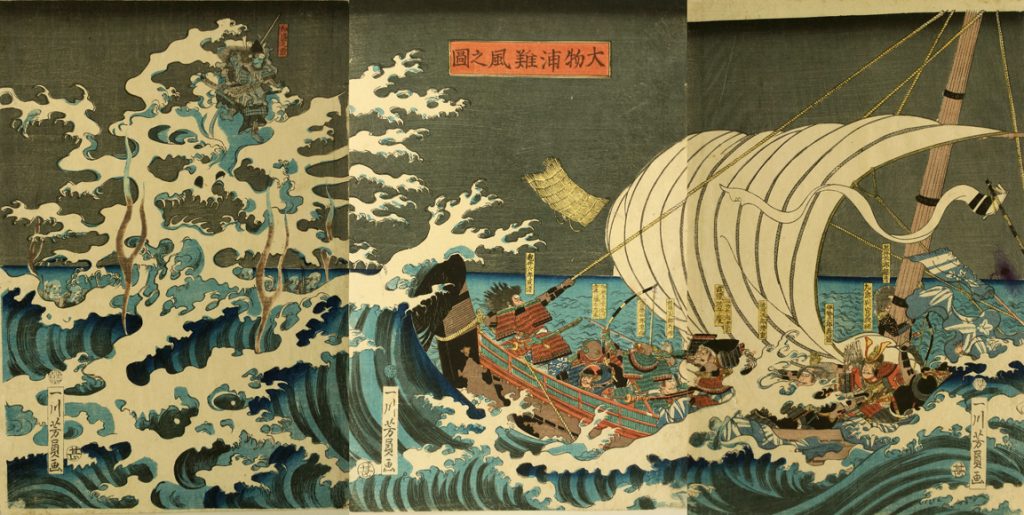
Kuniyoshi, Yoshitoshi and Hiroshige – Heroes Portrayed by Ukiyo-e Artists
Utagawa Kuniyoshi, a leading artist of musha-e, drew many warriors of the Genpei period. He depicted various stories from this time period with a familiar yet powerful style. This fascination was carried on by his pupils, especially Tsukioka Yoshitoshi, who continued to depict the subject with sophisticated style through the Meiji period.
This section exhibits various works, including the grandeur musha-e and caricatures by Utagawa Hiroshige, the master of landscape pictures, to demonstrate the rich and unique styles of ukiyo-e artists.
Highlight of the Exhibition
Tsukioka Yoshitoshi “Mirror of Famous Commanders of Great Japan: Commander Minamoto no Yoritomo”
Spreading their wings, a flock of cranes is taking off into the sky. Minamoto no Yoritomo and his attendants look up at them. In August 1187, two years after Yoshitsune and his followers defeated the Taira clan in the Battle of Dannoura, Yoritomo held a Hōjō-e at Tsurugaoka Hachiman-gū Shrine in Kamakura. Hōjō-e is a ceremony that releases captured creatures, based on the Buddhist precept against killing. This picture is thought to depict the legend that a thousand cranes were released at the ceremony.
Yoritomo seems satisfied as he watches the cranes, the symbol of good fortune, fly away. The scene may imply Yoritomo’s feeling of grand accomplishment when he finally achieved great power, as he defeated his old enemy, the Taira clan.
Two years later, in 1189, Yoritomo eliminated his younger brother Yoshitsune who had developed a hostile relationship with him and Fujiwara no Yasuhira, who had sheltered Yoshitsune. In 1192, Yoritomo became a Shogun and established a new age of samurai.
Admission
| Adult | 800 yen |
| University and High school students | 600 yen |
| Junior High School Students and below | Free |
Calendar
■closed
休館日
4,11,19,25-29
2022 / 07
4,11,19,25-29
| SUN | MON | TUE | WED | THU | FRI | SAT |
|---|
